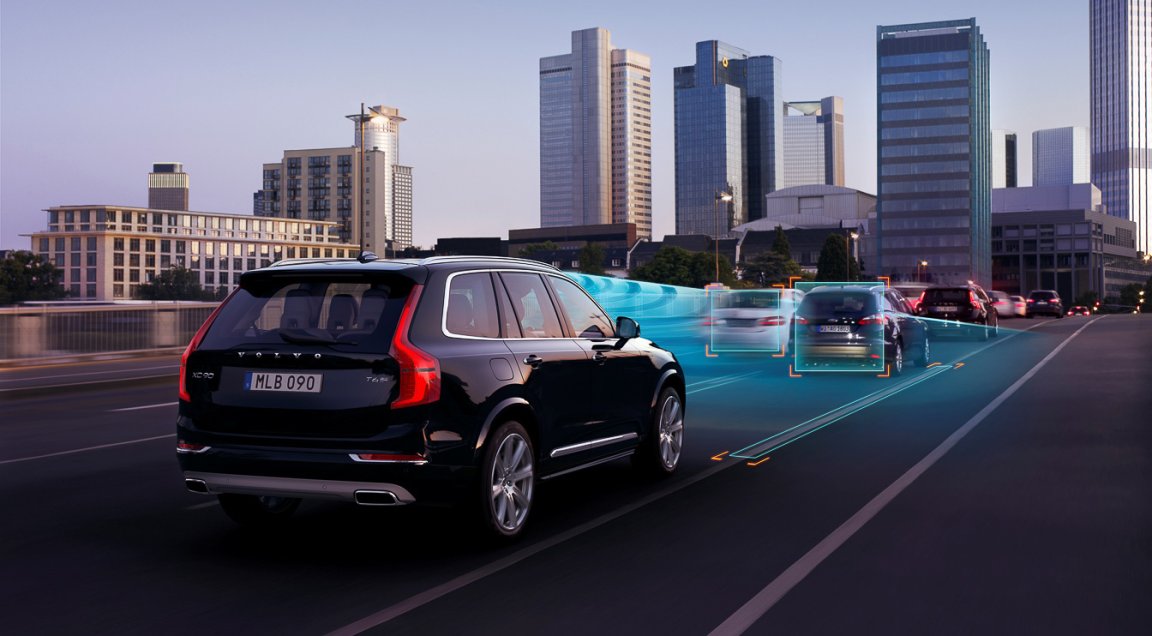
Four Thorough but Fast Steps
Some are already embracing the seeming inevitability of autonomous vehicles. And why not? Self-driving cars are expected to make our daily commutes safer and more comfortable. However, in order to ensure that these driverless vehicles actually deliver on their promise, car manufacturers need to evaluate their performance and decide whether or not each system is road-worthy.
Unfortunately, such tests can take an absurd amount of time. “Even the most advanced and largest-scale efforts to test automated vehicles today fall woefully short of what is needed to thoroughly test these robotic cars,” according to Huei Peng, a researcher from the University of Michigan (U-M). To that end, he and his colleague Ding Zhao have developed a four-step accelerated approach to evaluate autonomous vehicles.
Peng and Zhao outlined their approach in a white-paper published by a U-M-led public-private partnership called Mcity. Developed using more than 25 million miles of real-world driving data collected over two years from about 3,000 vehicles and volunteers, their testing system could potentially reduce the time needed to evaluate how driverless cars handle dangerous situations by 300 to 100,000 times, reducing testing time and costs by 99.9 percent.
Making a Life-Saving Technology Safer
Fear of something new is a normal human reaction, and autonomous vehicles are no exception. According to the U-M research, tests for self-driving cars would have to demonstrate with 80 percent confidence that the systems are 90 percent safer than human drivers. That would require about 300,000 to 100 million miles of real-world driving tests. Their approach cuts that to just 1,000 miles of testing by breaking down difficult real-world driving situations into a condensed set of repeatable simulations.

Previous studies have shown that self-driving cars can save lives by eliminating the number one cause of car crashes: human error. Even if a car is autonomous, however, the other cars on the road may not be. To that end, human drivers were one of the threats to safety considered by the U-M researchers’ system, with a focus on the two most common “meaningful interactions” between man and machine that could result in car crashes: an autonomous vehicle following a human driver and a human driver merging in front of a self-driving car.
Though still in development, the U-M researchers’ approach could get autonomous vehicles on the roads sooner, thereby allowing us to benefit from their life-saving potential faster. The researchers themselves clearly see the remarkable potential of their work: “While more research and development needs to be done to perfect this technique, the accelerated evaluation procedure offers a ground-breaking solution for safe and efficient testing that is crucial to deploying automated vehicles.”